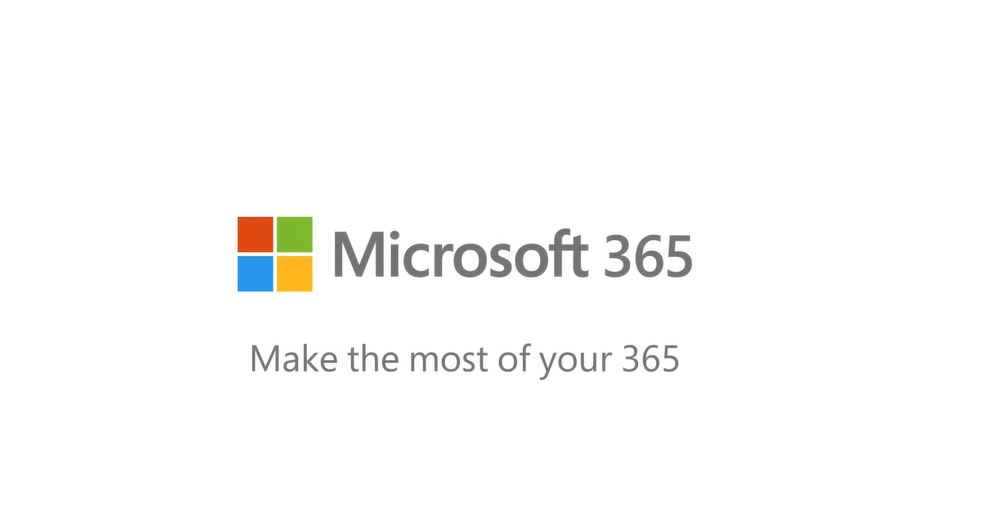Recent advancements in technology have led to a myriad of benefits for businesses over the past two decades. A good example is the construction industry which now relies on technology more than ever. Businesses in the sector have now stepped up their investment in IT as they try to maintain their competitive advantage. However, some businesses have not sufficiently secured their IT systems, leaving their data vulnerable to a cyber-attack, with many high-profile breaches recorded on the construction industry in the past few years.
This blog will discuss what cyber security challenges organisations in the construction industry face and how to keep your business safe.
Key Cybersecurity Challenges
Flexible Workforces
In the construction industry, workers are often mobile, working in multiple locations for different projects. This can be a security risk due to the physical security of the premises, as well as a weak network. If the temporary network can connect to a wider company network, hackers can carry out large scale attacks.
Access To Data
Architects, Project managers, Site managers and workers all need access to certain data. If access is managed poorly, businesses are more likely to allow stakeholders to access sensitive files, increasing the risk of an inside attack.
High Employee Turnover
The construction industry is known to have a higher staff turnover than many others. This is because companies will often source subcontractors to complete various projects. This high turnover often results in employees not having sufficient security training, increasing the risk of a cyber attack.
What Are The Growing Threats?
Ransomware
According to Barracuda, between August 2020 and August 2021, ransomware attacks have increased by 64%. A ransomware attack is a form of malware which encrypts all data on a system and can often move across a network. The attacker then demands a ransom payment, usually in Bitcoin, to decrypt the files. Such attacks have been troubling the construction for years, forcing businesses to close their doors for prolonged periods of time.
Phishing
Phishing attacks are now the most common form of cybersecurity incidents. Typically carried out by email, cyber criminals try to deceive victims into opening malicious links or releasing sensitive information. Although emailing is the most common method, cyber criminals will also use SMS, voice calls or even social media.
Breach Of Data
a data breach exposes confidential, sensitive, or protected information to an unauthorized person. This includes stealing employee information, bank records, material prices or company intellectual property.
What’s at Risk?
In 2020 the average ransom demand exceeded $800,000 and experts reckon this has increased significantly since then.
An alternative route to take is to employ IT professionals to attempt to decrypt the data, which can be very expensive, along with the cost of the downtime. If that wasn’t enough, you can then get fined for breached customer data.
Along with the monetary risk, your reputation is also at risk, decreasing the chance of future work with customers.
How To Protect Your Business
If you are a business in the construction industry you need to invest in a cybersecurity solution for all the reasons mentioned above. Fortunately, there are simple steps that you can take to reduce the likelihood of an attack or breach, for instance, enabling multi-factor-authentication and providing cybersecurity awareness training.
Additionally, products like Acronis Cyber Protect use AI-based behavioral detection that identify malware. In the case of a ransomware attack, it will automatically remove the virus and revert the file to a backup to limit downtime and stop further spread of malware. Businesses can select how often backups are run, and what data should be backed up. This flexibility allows businesses to tailor backups to suit their specific needs.
Get in touch today to find out how to make your business more secure for 2022.



 Previous
Previous







